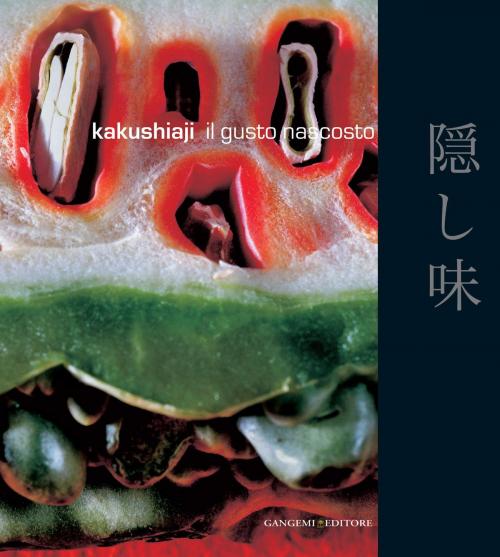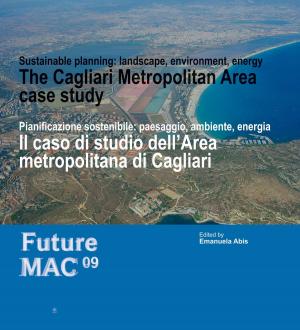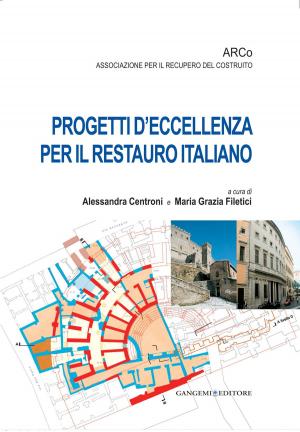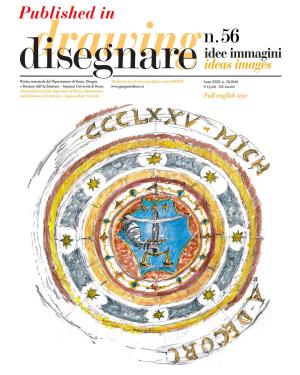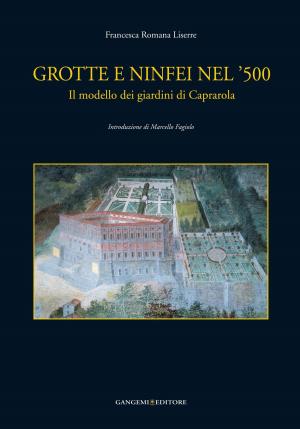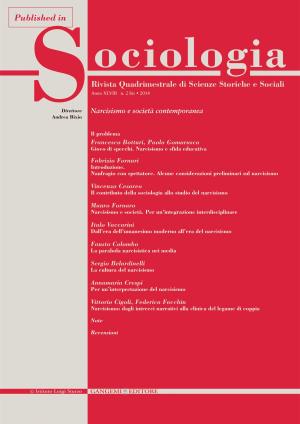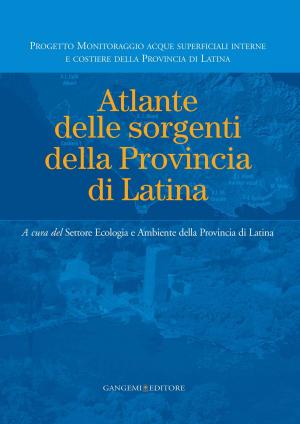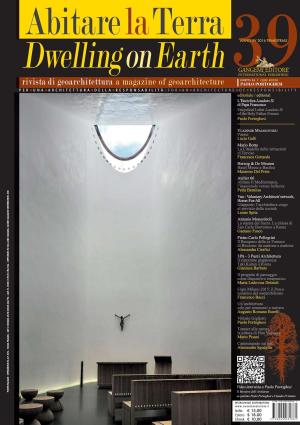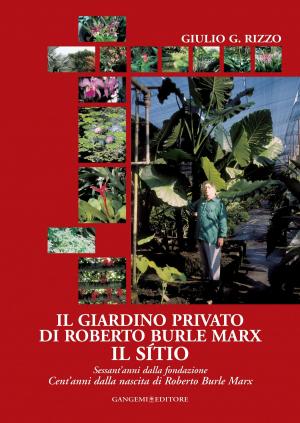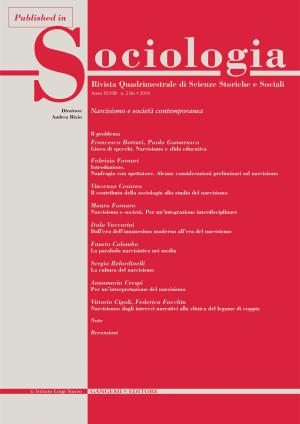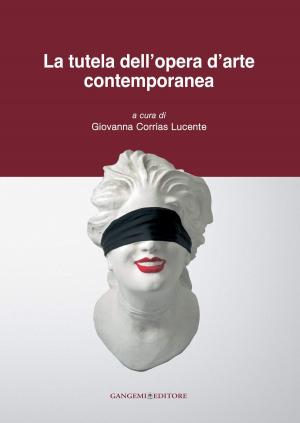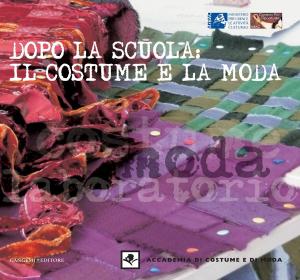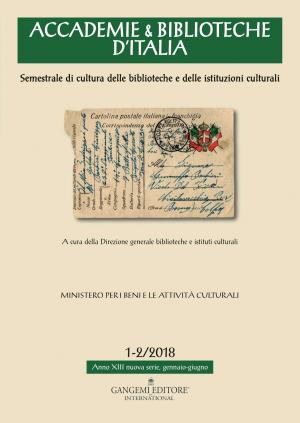Kakushiaji
Il gusto nascosto
Nonfiction, Art & Architecture, Photography, Pictorials, Collections, Catalogues & Exhibitions, General Art| Author: | AA. VV. | ISBN: | 9788849290912 |
| Publisher: | Gangemi Editore | Publication: | February 3, 2016 |
| Imprint: | Gangemi Editore | Language: | Italian |
| Author: | AA. VV. |
| ISBN: | 9788849290912 |
| Publisher: | Gangemi Editore |
| Publication: | February 3, 2016 |
| Imprint: | Gangemi Editore |
| Language: | Italian |
Il gusto nascosto – in italiano – kakushiaji in lingua giapponese. Una definizione letteraria intrigante che incuriosisce e invita a un grande viaggio di scoperta nel mondo universale del gusto,inteso nella duplice e molteplice lettura sensoriale di tangibile e intangibile, sostanziale ed estetico, erotico e sublimato. Opposti in costante divenire e mutamento comprendenti ogni cosa e analogamente il suo contrario. Con il lavoro fotografico che presentiamo in Galleria per il Festival Internazionale FotoGrafia di Roma 2008 sul tema "Vivere la normalità", Reiko Hiramatsu ci mostra, attraverso una precisa ricerca stilistica ed estetica, in parte legata alle proprie origini culturali, un'inedita formulazione di identità visiva tratta dal quotidiano. Una serie di scatti dove il cibo, necessità quotidiana del corpo, subisce una "sublimazione concettuale" trasformandosi in alimento atto a soddisfare lo spirito; sono elementi di una realtà organica inanimata, quelli dai quali la fotografa preleva un dettaglio separato che, inevitabilmente, diviene "still-life" e l'occhio è assorbito dall'estasi di quel dettaglio. In Giappone la natura viene intesa come supernatura e costituisce un ambito ove domina il "significato" sopra ogni accadimento: tutto è naturale, in un sentimento di comunione che ne sottolinea ilmistero. In questa disposizione Reiko Hiramatsu ricerca, e sembra trovi, l'atmosfera che le consente il ribaltamento di un usuale punto di vista, quell'approssimarsi così inconsueto che apre a un nuovomodo di guardare anzi, di vedere, e ancora una volta dimostra l'apparente paradosso teorizzato da Duchamp che l'arte è un'alchimia che l'artista pratica senza saperlo. L'opera compiuta di Hiramatsu appare come una perfetta registrazione di quell'operazione di non-comprensione che ne precede e detta l'esecuzione, intendendo per inconsapevolezza, il trascendere l'intenzione nell'attimo preciso della creazione. Il gusto nascosto – in Italian, the hidden taste – in English, kakushiaji – in Japanese. The hidden taste, an intriguing literary definition that arouses our curiosity. An invitation to depart on a fantastic voyage of discovery in the universal world of ‘taste', intended to include the sensory dimension: tangible and intangible, substantial and aesthetic, erotic and sublimated. Opposed in constant becoming yet inclusive of the thing itself, its contrary that included the thing and its opposite. The photographic exhibition that introduces Galleria Navona 42 to the 2008 edition of the International Rome Photography Festival, opens with Reiko Hiramatsu, who presents her precise, stylistic and aesthetic research, in part connected to her cultural origin and offers a new formulation of visual identity connected to daily life. A series of photographs where food, the necessity of the body, undergoes a ‘conceptual sublimation' transforming the act of eating so as to satisfy the spirit; elements of an organic inanimate reality, that with her photographs, the artist draws distinct details that become a ‘still life', and the eye is absorbed by the ecstasy of these details. In Japan, nature is interpreted as supernatural and constitutes a circle where the ‘meaning' dominates every event: everything is natural, in a feeling of communion that underlines themystery. In Reiko Hiramatsu's exhibition she seeks, and finds the atmosphere that allows us to turn our usual point of view upside down, an approach so unusual that it opens a new opportunity to look and to see, and once again shows the apparent theorised paradox by Duchamp that art is an alchemy that the practical artist practices without realising it. The work of Hiramatsu appears as a perfect recording of this ‘non-comprehension', a state that precedes and then dictates the execution to become the ‘spoken' the execution originating from unawareness and transcends the intention at the exact instant of creation. (Nicoletta Zanella)
Il gusto nascosto – in italiano – kakushiaji in lingua giapponese. Una definizione letteraria intrigante che incuriosisce e invita a un grande viaggio di scoperta nel mondo universale del gusto,inteso nella duplice e molteplice lettura sensoriale di tangibile e intangibile, sostanziale ed estetico, erotico e sublimato. Opposti in costante divenire e mutamento comprendenti ogni cosa e analogamente il suo contrario. Con il lavoro fotografico che presentiamo in Galleria per il Festival Internazionale FotoGrafia di Roma 2008 sul tema "Vivere la normalità", Reiko Hiramatsu ci mostra, attraverso una precisa ricerca stilistica ed estetica, in parte legata alle proprie origini culturali, un'inedita formulazione di identità visiva tratta dal quotidiano. Una serie di scatti dove il cibo, necessità quotidiana del corpo, subisce una "sublimazione concettuale" trasformandosi in alimento atto a soddisfare lo spirito; sono elementi di una realtà organica inanimata, quelli dai quali la fotografa preleva un dettaglio separato che, inevitabilmente, diviene "still-life" e l'occhio è assorbito dall'estasi di quel dettaglio. In Giappone la natura viene intesa come supernatura e costituisce un ambito ove domina il "significato" sopra ogni accadimento: tutto è naturale, in un sentimento di comunione che ne sottolinea ilmistero. In questa disposizione Reiko Hiramatsu ricerca, e sembra trovi, l'atmosfera che le consente il ribaltamento di un usuale punto di vista, quell'approssimarsi così inconsueto che apre a un nuovomodo di guardare anzi, di vedere, e ancora una volta dimostra l'apparente paradosso teorizzato da Duchamp che l'arte è un'alchimia che l'artista pratica senza saperlo. L'opera compiuta di Hiramatsu appare come una perfetta registrazione di quell'operazione di non-comprensione che ne precede e detta l'esecuzione, intendendo per inconsapevolezza, il trascendere l'intenzione nell'attimo preciso della creazione. Il gusto nascosto – in Italian, the hidden taste – in English, kakushiaji – in Japanese. The hidden taste, an intriguing literary definition that arouses our curiosity. An invitation to depart on a fantastic voyage of discovery in the universal world of ‘taste', intended to include the sensory dimension: tangible and intangible, substantial and aesthetic, erotic and sublimated. Opposed in constant becoming yet inclusive of the thing itself, its contrary that included the thing and its opposite. The photographic exhibition that introduces Galleria Navona 42 to the 2008 edition of the International Rome Photography Festival, opens with Reiko Hiramatsu, who presents her precise, stylistic and aesthetic research, in part connected to her cultural origin and offers a new formulation of visual identity connected to daily life. A series of photographs where food, the necessity of the body, undergoes a ‘conceptual sublimation' transforming the act of eating so as to satisfy the spirit; elements of an organic inanimate reality, that with her photographs, the artist draws distinct details that become a ‘still life', and the eye is absorbed by the ecstasy of these details. In Japan, nature is interpreted as supernatural and constitutes a circle where the ‘meaning' dominates every event: everything is natural, in a feeling of communion that underlines themystery. In Reiko Hiramatsu's exhibition she seeks, and finds the atmosphere that allows us to turn our usual point of view upside down, an approach so unusual that it opens a new opportunity to look and to see, and once again shows the apparent theorised paradox by Duchamp that art is an alchemy that the practical artist practices without realising it. The work of Hiramatsu appears as a perfect recording of this ‘non-comprehension', a state that precedes and then dictates the execution to become the ‘spoken' the execution originating from unawareness and transcends the intention at the exact instant of creation. (Nicoletta Zanella)
